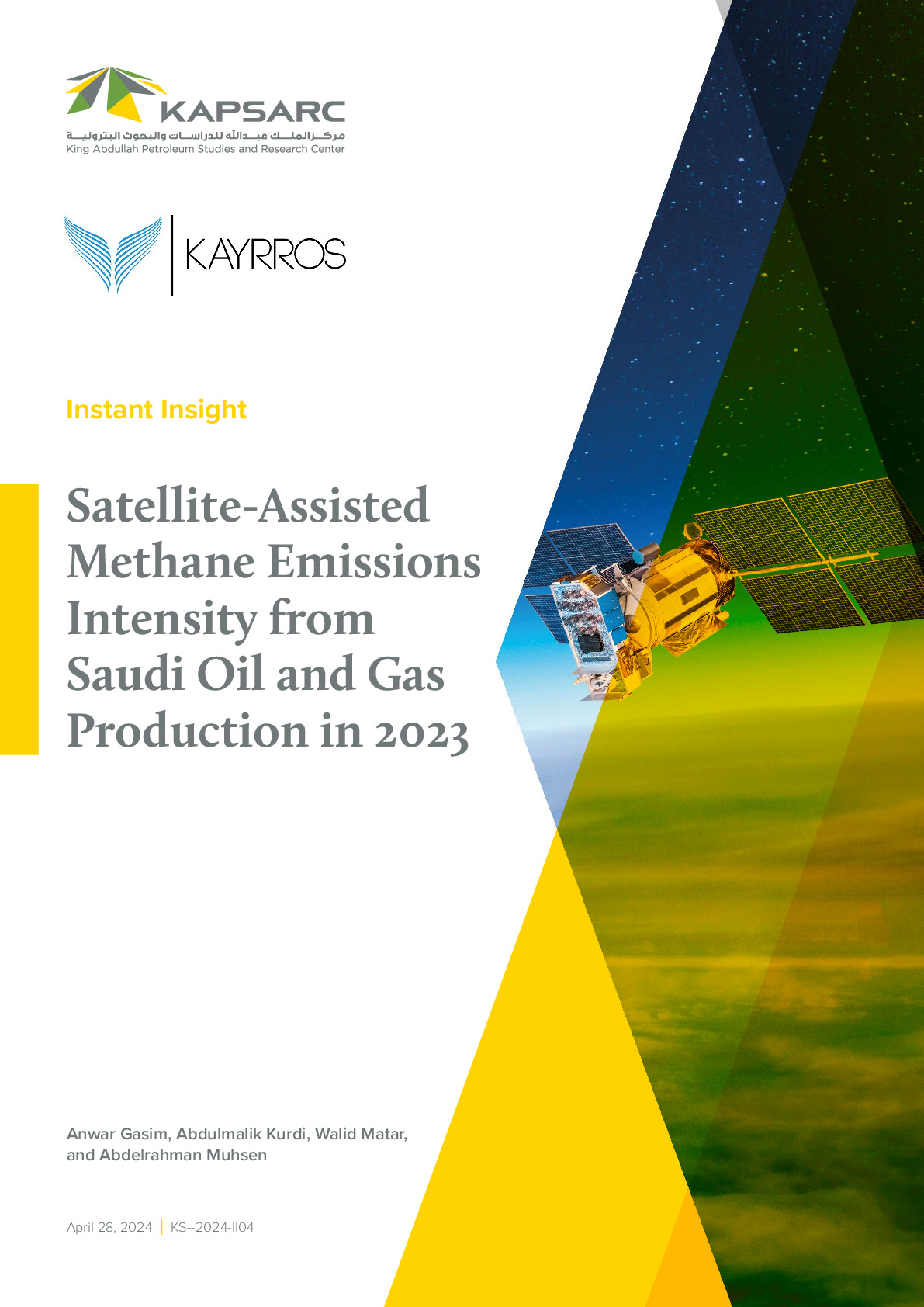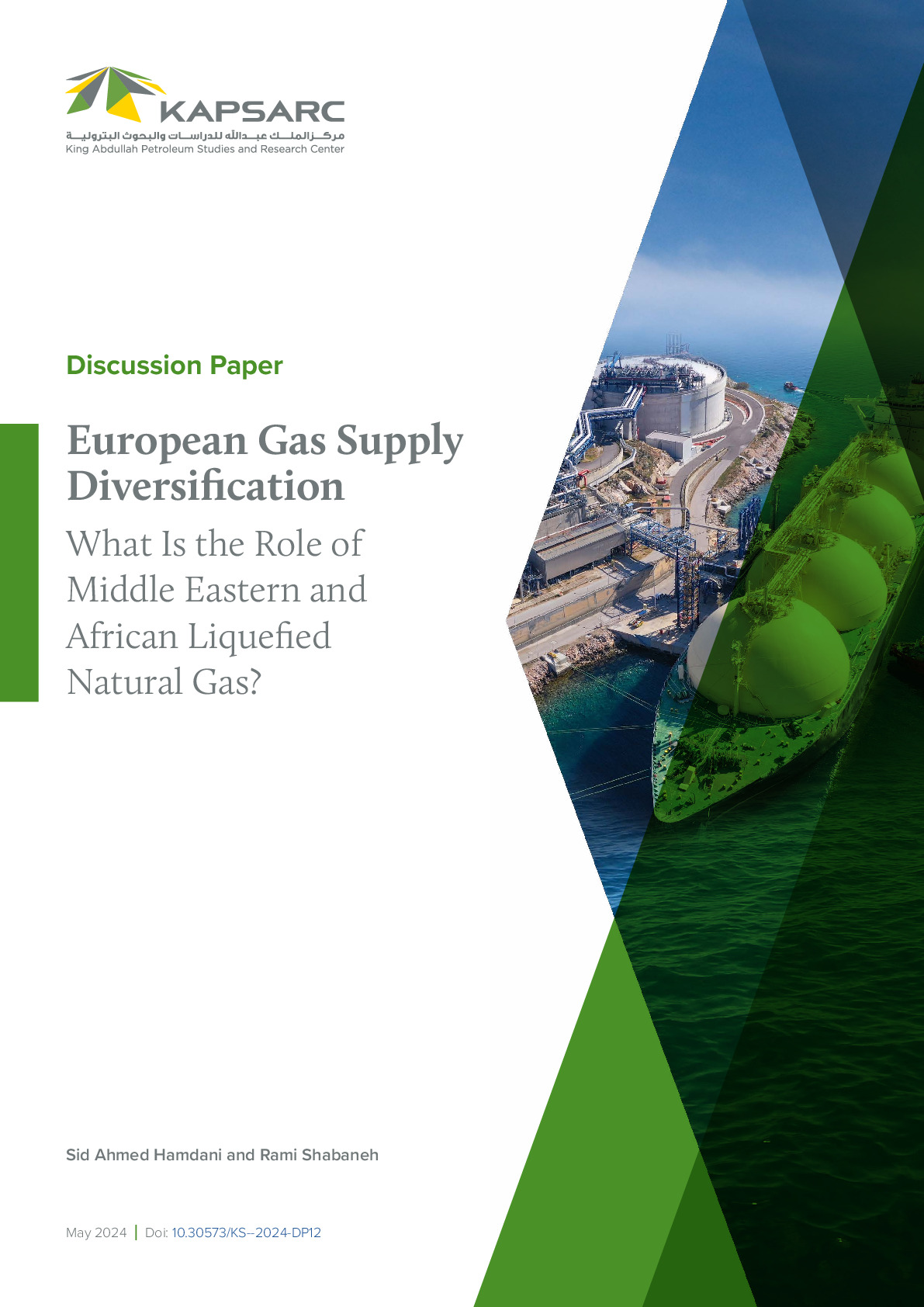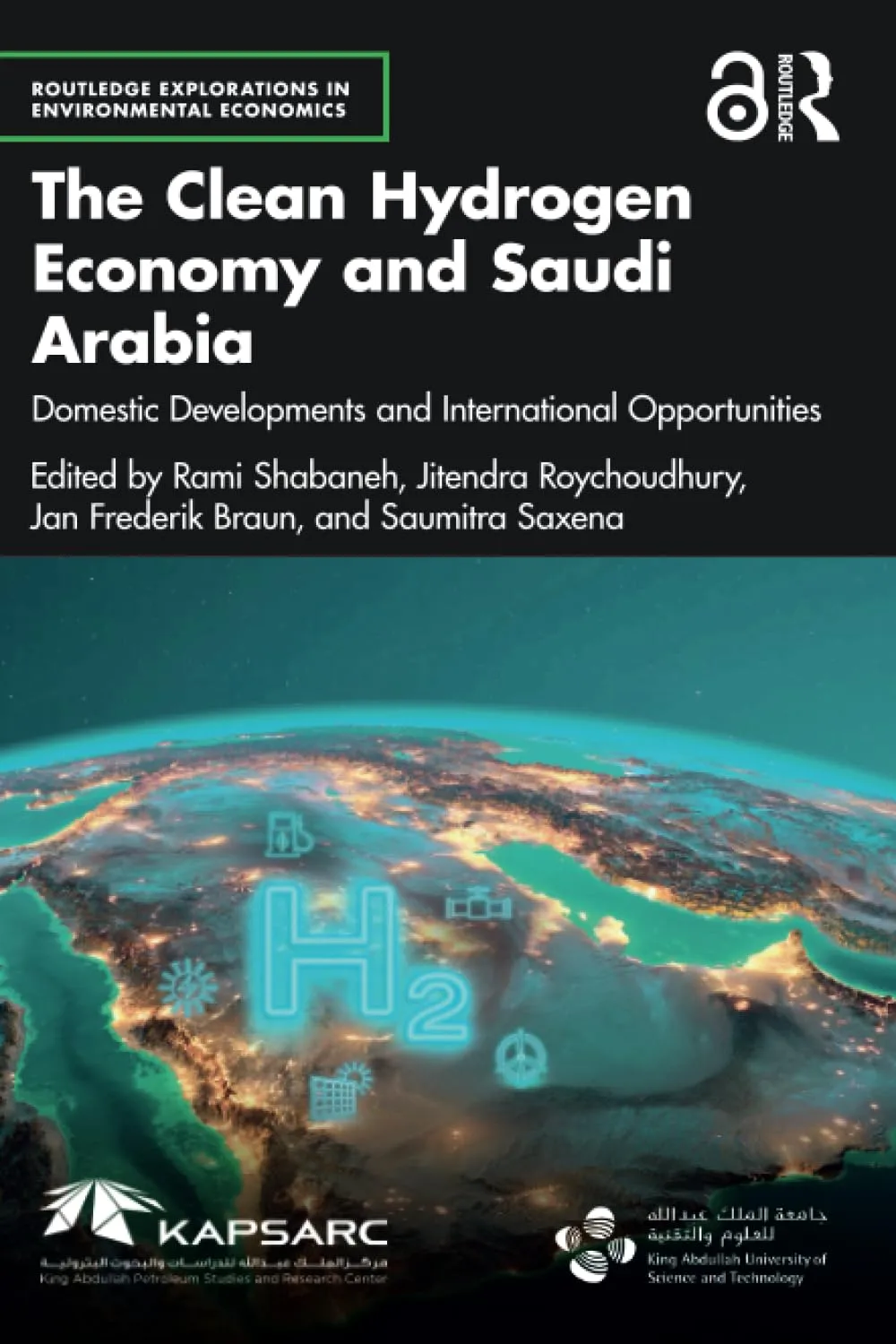The advent of American shale oil and its prospects for continued production growth have raised concerns about whether oil refineries can handle the increasingly lighter crude oil supply. To provide a perspective on this issue, we run a global oil refining model for the years from 2017 to 2030. The model’s objective is to maximize refining industry profits in eight global regions, taking into account around 100 grades of crude oil.

Research Fellow
Walid works on modeling energy systems. He is developing or has developed the following components of the KAPSARC Energy Model…
Walid works on modeling energy systems. He is developing or has developed the following components of the KAPSARC Energy Model (KEM): electric power generation, oil refining, petrochemicals and fertilizers, cement production, and iron and steel. He is also working on a bottom-up residential electricity use framework that merges microeconomics with the physical laws governing electricity use.
Expertise
- Energy Systems Modeling
- Optimization
- Electricity Prices
- Energy Efficiency and the Interdisciplinary Connection Between Energy Economics and Engineering
Publications See all Walid Matar’s publications
Energy Policy Pathways to Inform Climate Policy in Saudi Arabia
The advent of American shale oil and its prospects for continued production growth have raised…
1st May 2024
Satellite-Assisted Methane Emissions Intensity from Saudi Oil and Gas Production in 2023
The advent of American shale oil and its prospects for continued production growth have raised…
28th April 2024


